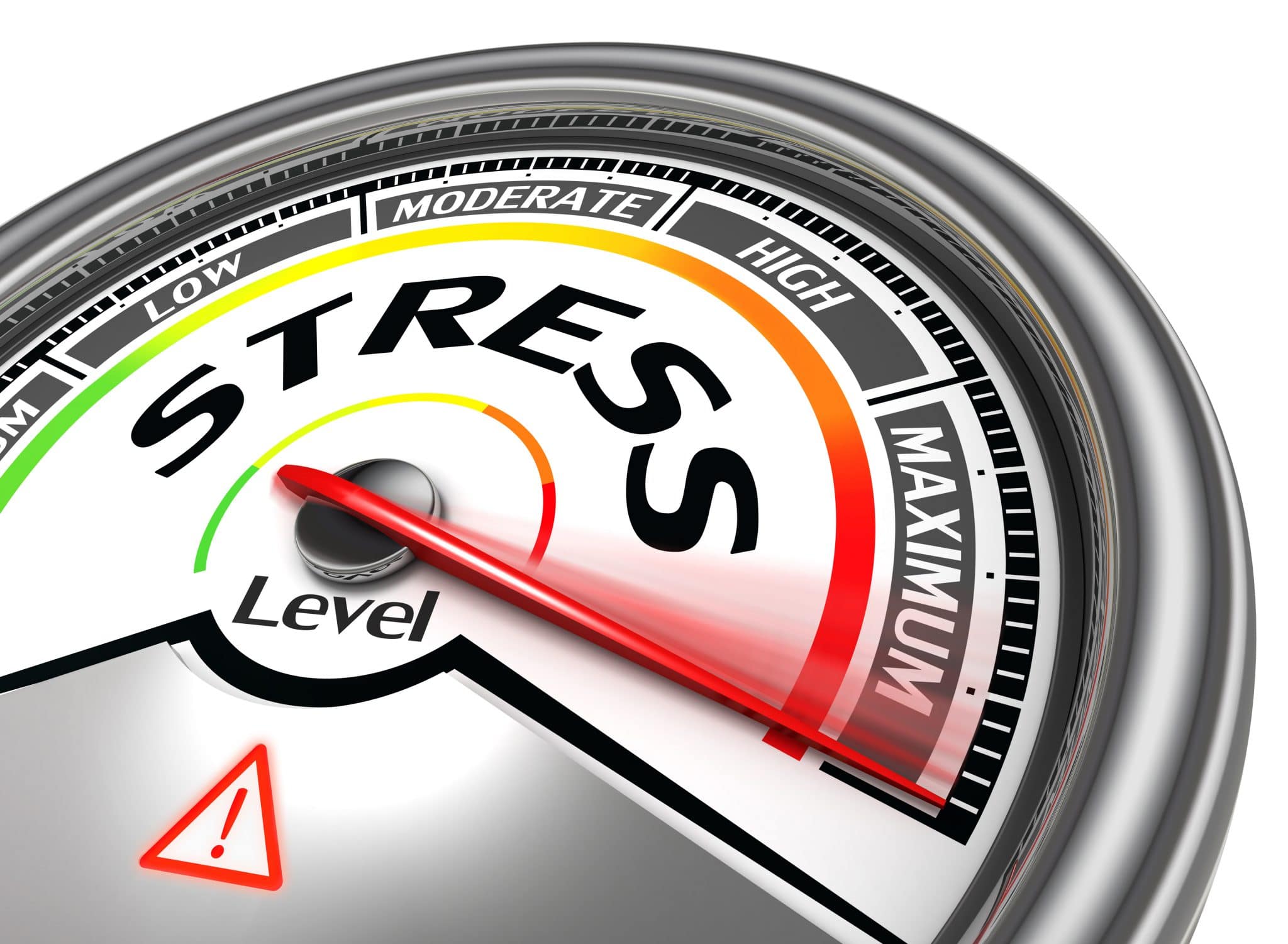Stale, confusing and little more than a compliance exercise designed to enable banks to continue paying dividends – that’s how Harvard professor and former Federal Reserve board member, Daniel K Tarullo, described last week’s bank stress tests. The Fed, he writes, must do better, and overhaul the entire process:
Given the admitted roughness of the sensitivity analysis, doesn’t this result reinforce the need for a true stress test?
Yes and no. The Fed didn’t have time to redesign the stress scenario, and instead came up with additional sensitivity analysis. Yet we do think it’s possible to adjust the tests to make them relevant for any scenario, including unprecedented shocks that hit mid-process – like the COVID-19 pandemic and the lockdown and stimulus it prompted. To do so, requires three major steps, along with a few substeps:
THE STRESS TEST THREE-STEP
First, the Fed needs to perform a suite of true reverse stress tests for the entire financial system. In other words, generate multiple scenarios and evaluate all major banks’ exposures on them. This would reveal the full distribution of outcomes. Then start from a point where the financial system has already melted down, and work backwards to see what happened in these scenarios. Doing this would require the following substeps:
- Automatically applying multiple full-range and full-scope scenario templates including a collection of shocks – including “blind” ones – with low probability/high severity, high probability/low severity, mid-feasibility/mid-impact
- Assessing banks’ capital and liquidity needs based on their performance in these scenarios, with the aim of identifying hidden risk concentrations
- Selecting, from the entire distribution of outcomes, scenario topics, macroeconomic and market levels, and shock combinations that can stress the financial system
In step two, the Fed requires a similar type of reverse stress tests for big banks and gives stress scenario ideas to smaller ones:
- Large banks perform stress tests on their balance sheets, similar to the ones carried out on the financial system, only in much greater detail
- The suite of scenarios is identified through the reverse process described above; only a few selected scenarios are used for the detailed internal stress testing
- After performing above substeps, the regulator can suggest bank-specific scenario narratives to smaller lenders based on their area of focus e.g. wealth management, commercial real estate lending or retail banking.
The third step involves a flexible adjustment of stress scenarios when a major shock happens mid-process:
- With a set of ready-made tools that enable a wide enough suite of scenarios, banks and regulators can pull out a relevant template and quickly generate adjusted scenarios as and when needed
- It now becomes possible to assess the performance of balance sheet segments against multiple scenarios and get a better indication of credit losses, as well as capital and liquidity needs
- If a major shock occurs, you just pull out the relevant, ready-made scenario that most closely approximates to new market conditions.
The above methodology can make stress testing meaningful for banks, regulators, the markets and the general public. Everyone would be prepared for the unexpected. Banks wouldn’t end up setting aside more capital than necessary, preserving profit margins; and lenders would be able to adapt their risk management strategies and plan better, no matter the scenario.
